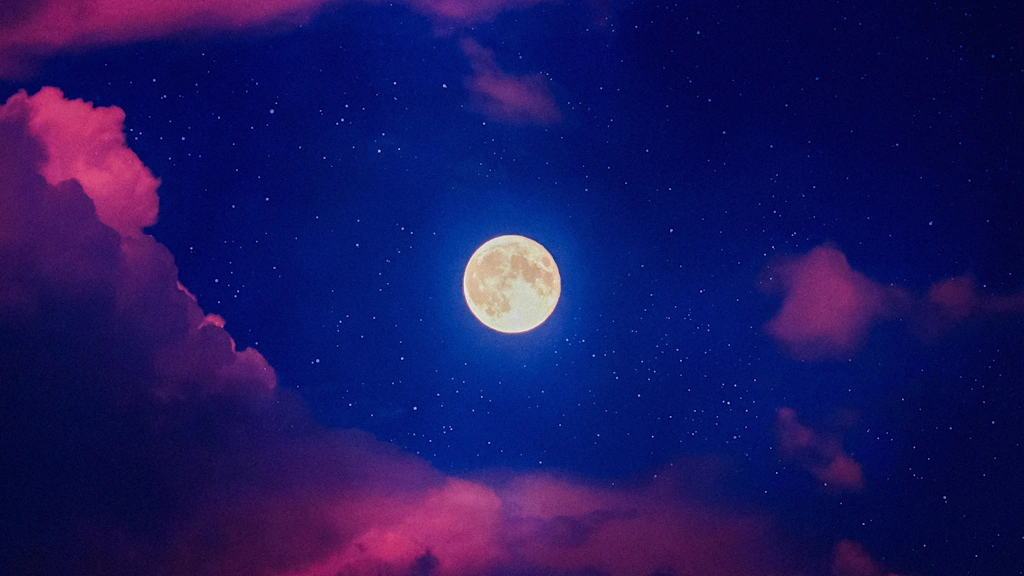
"Per , the beaver moon turns full at 8:19 a.m. ET Wednesday, when it is directly opposite the sun in the sky-but only for a moment, and the change won't be visible to the naked eye. The full moon reaches its closest distance to Earth in 2025, called the perigee, some nine hours after it turns full, on Wednesday at 5:30 p.m. ET, at 221,726 miles away, according to Space.com."
"The best time to see a full moon typically is right after sunset, especially for a supermoon, when it appears biggest on the horizon, according to Live Science. According to the Weather Channel, the best time to see the beaver moon is from dusk on Tuesday, November 4, through Thursday, November 6, based on clouds and visibility in your region. In the U.S., prime time in the Northeast is forecast for Tuesday, November 4, and it's Wednesday, November 5, for the Great Lakes region."
The beaver moon will be a supermoon peaking on November 5 when it turns full at 8:19 a.m. ET and reaches perigee about nine hours later at 5:30 p.m. ET, at 221,726 miles. Most viewers see the full moon best just after sunset, with ideal viewing from dusk November 4 through November 6 depending on clouds and visibility in each region. Perigee full moons appear roughly 14% larger and 30% brighter. November's nickname beaver moon comes from increased beaver dam-building and food stocking before winter. This supermoon is the second of three consecutive supermoons, framed by October's hunter's moon and December's cold moon.
Read at Fast Company
Unable to calculate read time
Collection
[
|
...
]